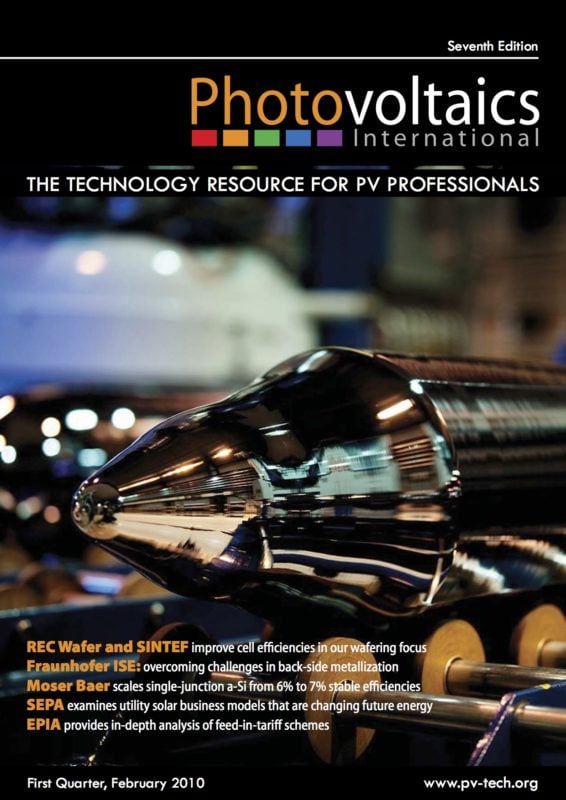By Markus Schubnell, University of Applied Sciences Northwestern Switzerland
In today’s PV modules, the solar cells are commonly encapsulated in EVA. During lamination EVA undergoes a crosslinking reaction. From a practical point of view, two major interests arise. For quality control purposes, one needs to know the degree of curing of the EVA encapsulant after lamination. The focus in process optimization is on understanding the kinetics of the crosslinking as a chemical reaction. If this is known (and proven), one can predict appropriate crosslinking conditions (i.e. lamination temperature and time) that have to be matched to reach a certain degree of crosslinking. This contribution mostly deals with this latter aspect. DSC as well as DMA data and model-free kinetics were used in this study to establish the kinetics of the EVA crosslinking process. It was found that both techniques adequately predict the degree of crosslinking for any temperature as a function of the curing time.


